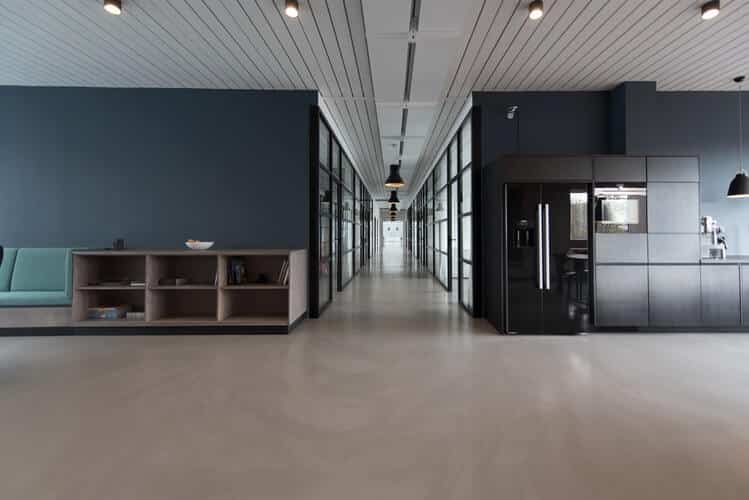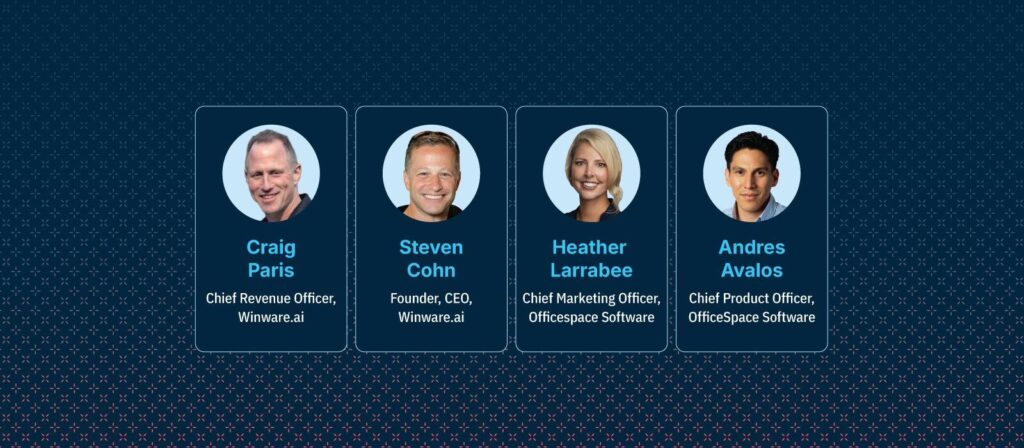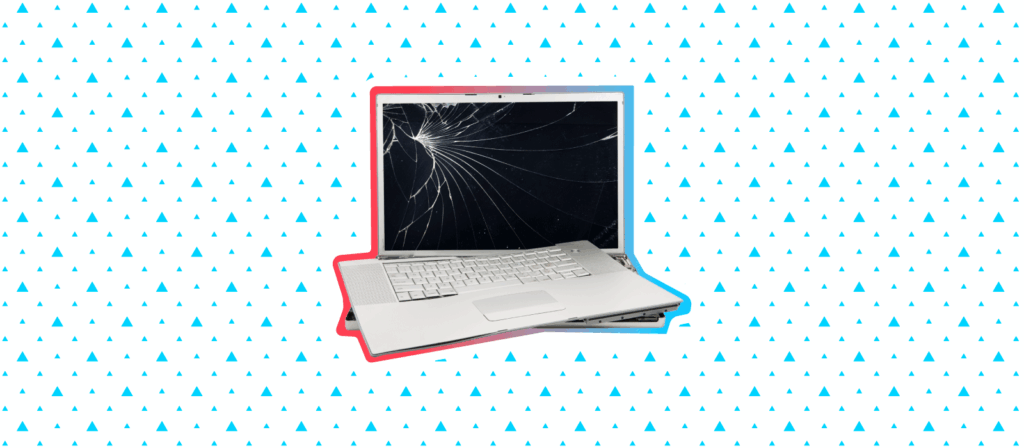Wayfinding software can be a crucial tool for Facilities, HR, and IT departments, but it can be a great help to more casual users, too. From high-level move management to helping workers find meeting rooms and each other, wayfinding software has many advantages for people across all departments. In this article, we take a look at everyday uses and benefits of wayfinding software—but first, let’s review a few best practices.
Wayfinding best practices
Great wayfinding helps people work more efficiently and removes navigation as a source of stress. But creating a seamless wayfinding experience isn’t always easy. It requires an eye for detail and a holistic approach to creating and understanding user experiences. Facility managers can implement better wayfinding by combining basic principles with some nuanced details and adapting these to their unique space.
Prioritize universal access
Make your wayfinding system accessible for as many people as possible by accounting for the different ways people process information and the barriers they face.
Different abilities and learning styles call for the implementation of visual cues, social interaction, text, and sound into your system as a package.
This can also help you account for challenges like language barriers, and covers your bases if people don’t respond well to a certain type of information, like visual cues. Incorporate universal access on a physical level by checking how accessible your building is for people with disabilities. Doing this shows all your visitors that you care about creating a welcoming and inclusive space.
Collect data on pathways
Gather data about the efficiency of your current pathways and how people are using the wayfinding system in general. Calculate where paths could be shorter or simpler, and note how busy these pathways get and when. Information like this can help you understand why your layout is or isn’t working from a data-driven point of view.
Test objectively
In line with gathering more data, test your wayfinding system with as much objectivity as possible. This will help you avoid a lot of the biases you and your team will hold because of your existing familiarity with the space. Analyzing your data, experimenting with different layouts, and using third party testers are all ways of getting more accurate insights into which parts of your wayfinding system are really having a positive impact and where there’s room for improvement.
Adhere to patterns
People are intuitively drawn to patterns. It’s assumed that things like signage and room numbers follow a clear and consistent pattern. Organize elements of your space—like departments, amenities, and wayfinding resources—in a way that’s consistent and predictable.
Visualizing your space layout and getting objective opinions from new visitors can help you clarify where these patterns exist.
Take a walk through your space to check if your facility’s signage and layout follow some consistent pattern. Your visitors and employees may be frustrated if that’s not the case.
Make great maps
Poorly made maps can do more harm than good by ultimately confusing your visitors with inaccuracies or information overload. Make maps with human cognition in mind and combine them with effective signage so visitors can make connections between the map and the physical space.
The process of creating good maps has the added benefit of showing a top-level view of your space and outlining major and minor pathways.
Wayfinding is essentially a form of design. Following well established principles, testing rigorously, and ultimately keeping the user in mind will help you build out a system so seamless that it will be almost unnoticeable.
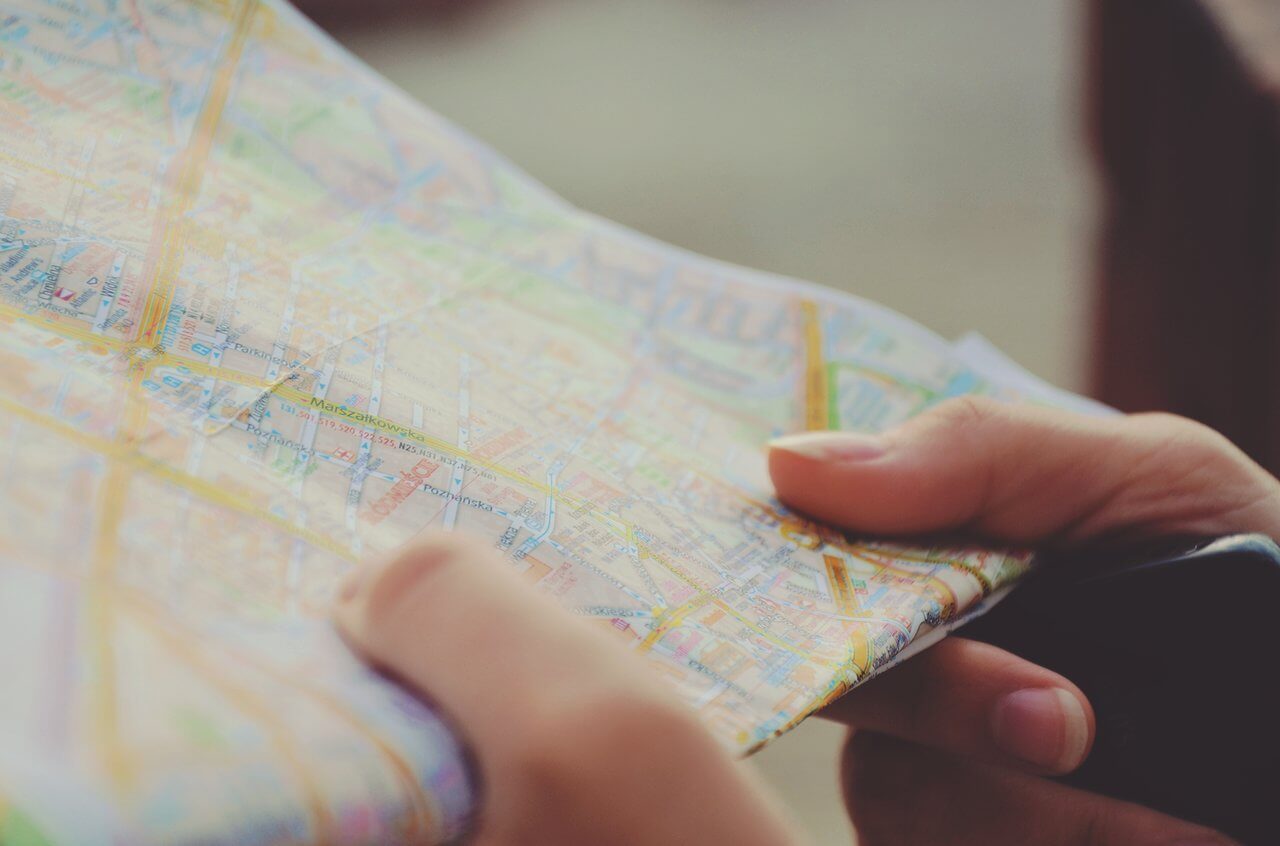
When interactive maps are necessary
Facility managers face several challenges, from the times when a company outgrows their building, to dealing with the fallout of employees who hop from one desk to another when reporting structures change. While spreadsheets and floor plan printouts can help FMs deal with these issues, they’re certainly not the most effective tools available.
Wayfinding software is a more modern and convenient solution. Below are just a few of the methods that wayfinding software can help you manage a busy facility. Most people are familiar with using wayfinding software at their local mall to find a store’s location or amenities. In large offices with many employees, or employees in different locations, it makes sense to have a similar system to find who sits where, and for locating office resources.
Benefits of wayfinding software
Situation: your company is large with many employees
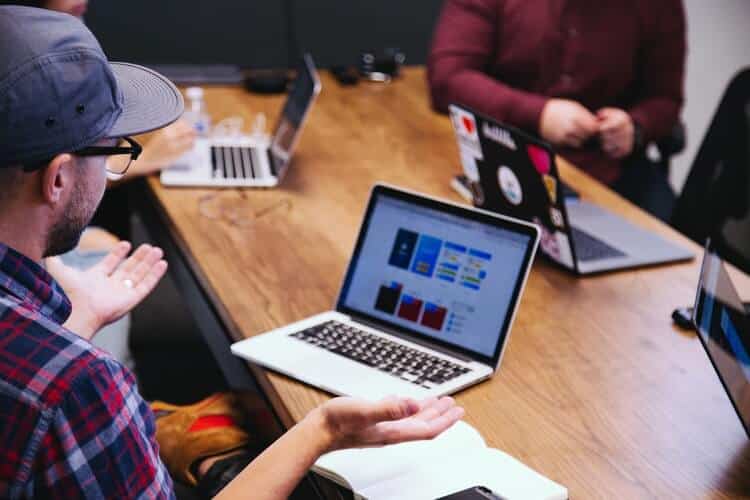
All companies have a need to know who sits where. When a company has 200 or more people, this need is intensified; there are a lot of workers to keep track of. Without employee tracking software to help you, finding one person’s information can take a lot of unnecessary time and energy. For example, if you’re keeping each person’s contact info on separate spreadsheets, divided by department, you may find yourself doing a lot of digging just to find one person’s email address. Data gets old and is difficult to keep up to date.
Benefit: a searchable, visual office map with a linked employee database
The right wayfinding office software will have interactive office floor plan maps that give a full view of employee locations on any given floor of your building. Not only will the maps let you quickly see the division of departments on each floor, but they will also give you more specific information about the workers themselves. This may include their name, title, and department, in addition to their phone number, email address, and supervisor. If you need to quickly locate a certain worker, and you are not sure where their desk is, the software may also let you search by name to locate them visually on the map.
In large companies, it may be impossible to know every single person working there, let alone know where they sit. Wayfinding software with the person’s contact information, as well as their picture, can help with this problem. A Visual Directory® can benefit everyone in the company, from new hires to company veterans who only have to venture off their own floors every once in a while.
To find the person they need, users can simply enter a surname into the search engine, see where the associated desk is located, and even see what they look like if they’ve never met them before. This can save them the time (and potential embarrassment) of having to walk around without knowing where to find the person they’re looking for.
Besides using the software to find different individuals, workers can use the software to simply learn the layout of different floors or buildings. The software will color-code the desks by department, so they can know where to find each division of the company. The best part is that they can do this from the convenience of their desks. Without a central database as a resource, they may never know who’s on the tenth floor, because who has time to learn that information when they’d have to scout the building to find out?
Situation: employee moves are commonplace
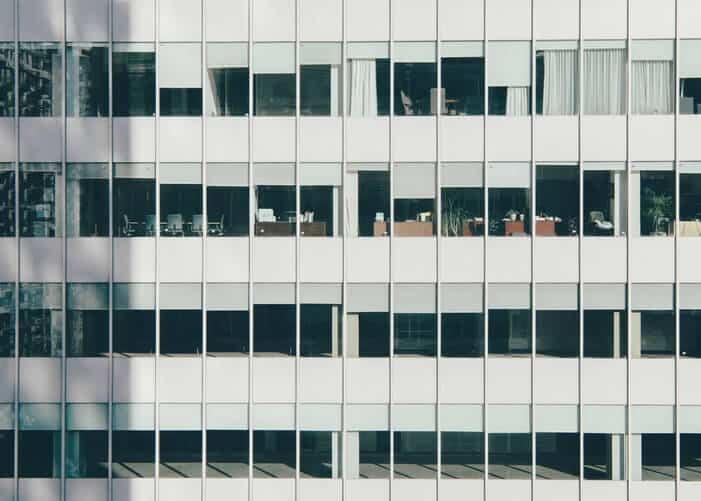
Perhaps employee churn is commonplace in your company. Someone gets promoted or switches jobs, and as a result, need to be shuffled around. Perhaps a fresh wave of interns, temps, and new hires come in, and you need to figure out where to put them. At times, all the rearranging may feel like a game of Tetris that never ends, especially if you are using outdated employee management techniques like spreadsheets or databases.
Benefit: move management software tools
The right SaaS wayfinding software can help. Integrated move management software tools can make an employee relocation much easier and less time intensive. For example, if the FM tool has a drag and drop feature, the facility manager can simply transfer a worker’s info from their current spot on the floor plan map to an empty seat. This is much easier than having to walk around and manually update floor plans. What might have taken the facilities team hours before can be accomplished in just a few minutes.
Wayfinding software can also assist with looking up employee information. The directory can display email addresses and phone numbers, so separate programs aren’t required. With up-to-date details all stored in one central place, the risk of getting the wrong number or address is eliminated. Displayed information also includes the worker’s title and the name of their supervisor, so users will get all the info they might need about a person who works on a different floor.
Situation: meeting room booking and locating can be inefficient
Finding the right room for a group meeting can be a tiring process, especially in an office with a large floor plan. Without good SaaS software to guide you, you would have to physically scout each floor for the right room, and then of course there is the problem of booking the room. Is there a person you need to contact, or should you make reservations with a computer? When you get to the room, will it be occupied due to multiple competing system or old, inefficient room booking software?
Benefit: improve efficiency by searching via the company floorplan
A comprehensive SaaS facilities management software tool lets you easily search for the right room either via text using specific keywords, or by navigating a visual floor plan map so you can quickly and easily see what’s available for your use by clicking on the meeting room on the floor plan to see information about the room’s capacity, equipment, and reservation requirements.
Wayfinding software can also let workers know where resources are located, such as copiers, printers, and fax machines. The software could also have links to the user manuals for these resources. Additionally, meeting room resources can be included, such as projectors, televisions, etc…, so that when booking a room, you know exactly what it contains. Finding the exact room you need via wayfinding software can prevent workers from wasting time searching for just the right meeting room in person.
Wayfinding software should be easy to use, but also comprehensive in its scope. Viable wayfinding software is developed in conjunction with facilities teams, and aims to tackle big problems in order to make an immediate difference to a facility or building manager’s work.
Photo credits: Nastuh Abootalebi, Wokandpix, Sywia Bartyzel, Headway, Khara Woods

